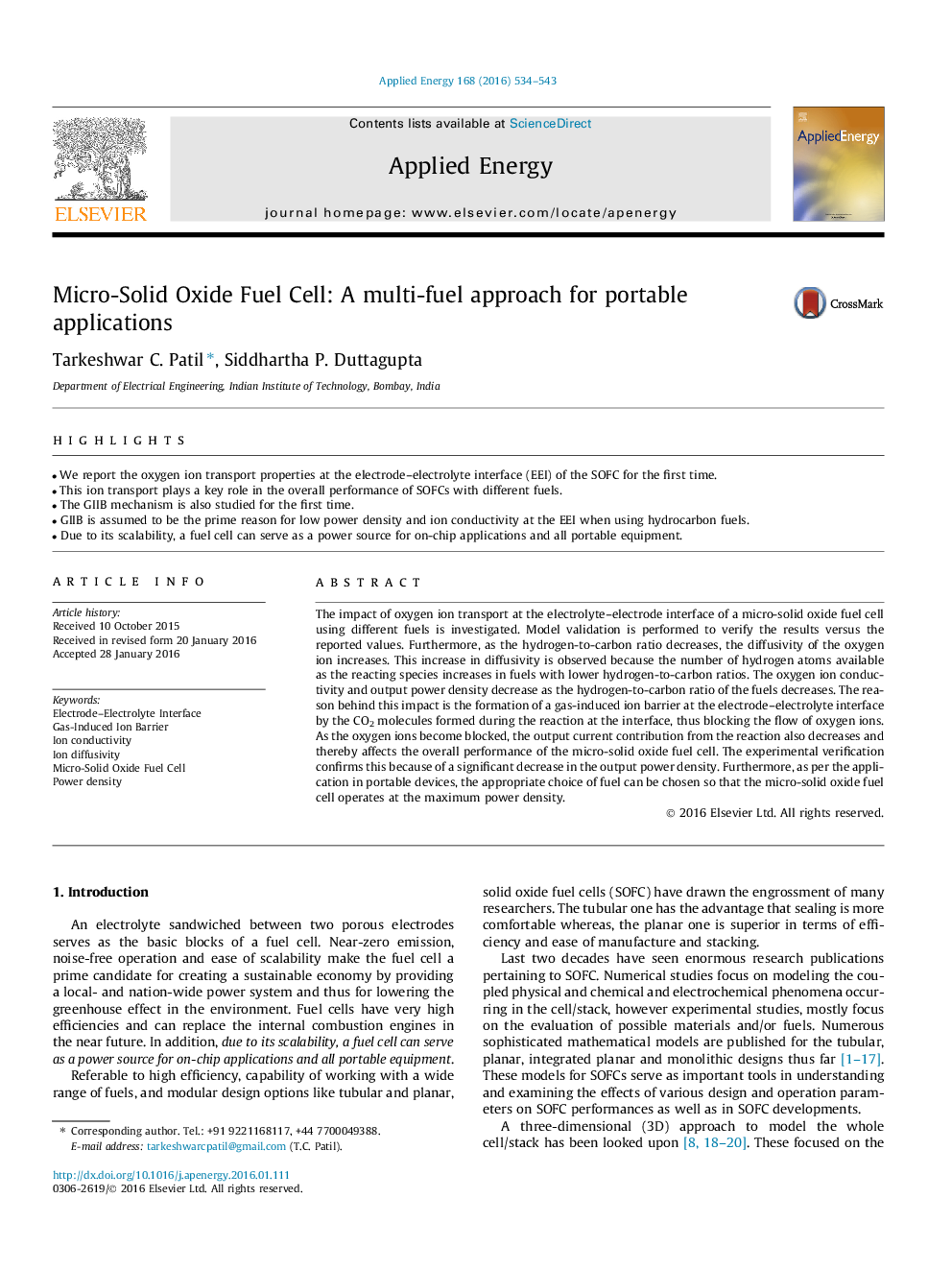| Article ID | Journal | Published Year | Pages | File Type |
|---|---|---|---|---|
| 6683860 | Applied Energy | 2016 | 10 Pages |
Abstract
The impact of oxygen ion transport at the electrolyte-electrode interface of a micro-solid oxide fuel cell using different fuels is investigated. Model validation is performed to verify the results versus the reported values. Furthermore, as the hydrogen-to-carbon ratio decreases, the diffusivity of the oxygen ion increases. This increase in diffusivity is observed because the number of hydrogen atoms available as the reacting species increases in fuels with lower hydrogen-to-carbon ratios. The oxygen ion conductivity and output power density decrease as the hydrogen-to-carbon ratio of the fuels decreases. The reason behind this impact is the formation of a gas-induced ion barrier at the electrode-electrolyte interface by the CO2 molecules formed during the reaction at the interface, thus blocking the flow of oxygen ions. As the oxygen ions become blocked, the output current contribution from the reaction also decreases and thereby affects the overall performance of the micro-solid oxide fuel cell. The experimental verification confirms this because of a significant decrease in the output power density. Furthermore, as per the application in portable devices, the appropriate choice of fuel can be chosen so that the micro-solid oxide fuel cell operates at the maximum power density.
Keywords
Related Topics
Physical Sciences and Engineering
Energy
Energy Engineering and Power Technology
Authors
Tarkeshwar C. Patil, Siddhartha P. Duttagupta,
